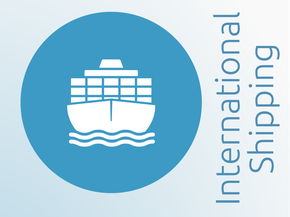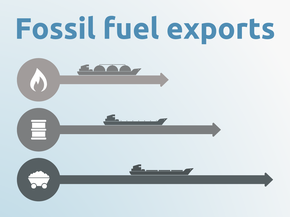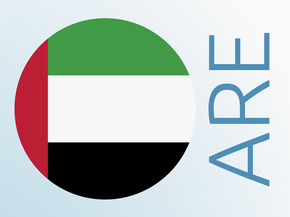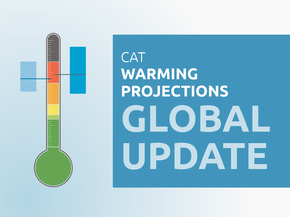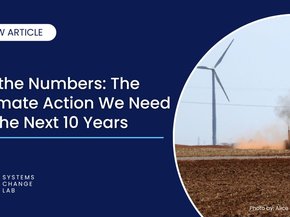Country summary
Overview
Morocco is one of only two countries the CAT gives our highest, “1.5˚C Paris Agreement-compatible” rating—out of the 32 countries we rate. This rating means that Morocco’s unconditional Paris Agreement climate commitment in 2030, even while it allows the country’s total emissions to increase, is consistent with limiting global warming to 1.5°C. Morocco’s conditional climate commitment goes even further by stopping greenhouse gas emission growth altogether.
While its unconditional Paris Agreement pledge, if achieved, would begin to slow the growth of emissions, it will take increased international financial support for Morocco to bring GHGs to a halt, as stated in its conditional pledge. Morocco’s planned climate action under its National Energy Strategy—which aims to achieve the Paris pledge—includes implementing an ambitious target of 42% installed electricity production capacity from renewable energy by 2020, increasing to 52% by 2030. Morocco is on track to meet these 2020 renewables target and is at an advanced planning stage to meet its 2030 target.
However, Morocco is still planning to expand coal-fired power generation, which is out of step with decreasing technology costs for renewable energy systems. Achieving the Paris Agreement goals requires phasing out coal for power generation by 2050 latest and much earlier in many regions. A shift away from coal is essential for Morocco to achieve its 2030 Paris Agreement targets and the longer-term emission reductions, and avoid creating stranded assets in carbon intensive infrastructure.
Morocco’s Nationally Determined Contribution (NDC) contains a target of reducing GHG emissions including land use, land use change and forestry (LULUCF) by 17% below business as usual (BAU) by 2030. With sufficient international support, Morocco aims to further decrease emissions by 42% below BAU by 2030. Excluding emissions reduction contributions from agriculture, forestry and other land use (AFOLU1), Morocco targets unconditional GHG emissions reductions of 13% below BAU by 2030 (conditional reduction of 34% below BAU by 2030).
We calculate the absolute GHG emissions level, excluding LULUCF emissions, resulting from the unconditional and conditional NDC emission reduction targets in 2030 to be 145 MtCO2e and 107 MtCO2e, respectively. The “1.5°C Paris Agreement compatible” rating indicates that Morocco’s climate commitment in 2030 is consistent with holding warming well below 2°C, and limiting warming to 1.5°C. Morocco’s commitment does not require other countries to make comparably deeper reductions or greater effort, and is in the most stringent part of its fair share range.
Morocco’s NDC submission includes detailed information on activities currently under implementation and planned measures to achieve its unconditional and conditional NDC targets. The CAT has assessed in detail the impact of mitigation actions currently under implementation for Morocco. We find it very close to meeting its unconditional NDC targets under current policies due to the ambitious capacity extension of solar, wind and hydro energy.
However, it would need to implement additional policies to reach its conditional NDC target by 2030. Morocco is expanding its coal-fired power generation, despite minimal coal reserves in the region (Le Matin 2016). If the CAT were to rate Morocco’s projected emissions levels in 2030 under current policies, we would also rate Morocco “1.5°C compatible”.
1 | In addition to emissions associated with the LULUCF sector, there are agricultural practices such as burning of crop residues, fertilizer application, and emissions related to livestock which produce emissions. In 2006, The UNFCCC merged these emissions under one sector named AFOLU (Agriculture, Forestry and Other Land Use).
Further analysis
Latest publications
Stay informed
Subscribe to our newsletter

